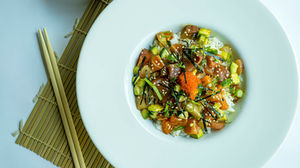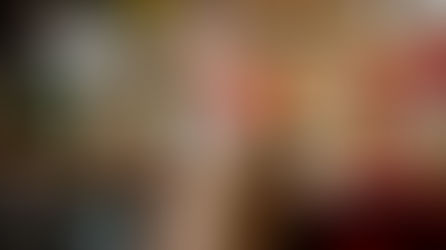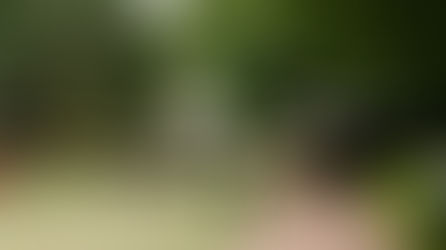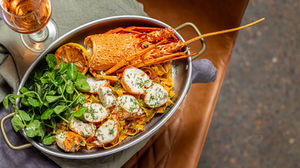Taste Champagne Like a Pro!
- Your Hunter Valley Magazine
- May 15, 2020
- 2 min read

Call it what you like – Sparkling Wine, Prosecco, Cava or Champagne – there's no sweeter music to one’s ears than the sound of the pop of a cork from a bottle of bubbles! While it’s easy to drink a glass of bubbles, learning how to taste wine brings about a greater appreciation for all the other elements that go into the glass.
For centuries, Champagne or Sparkling Wine has been the drink of choice for celebrations, and as we roll into the festive season, you can be sure that we will soon all be hearing the “popping” of corks as we get together with loved ones (and that crazy uncle that everyone has!) to celebrate Christmas and the coming of the new year.
What’s in a name?
Champagne is a regionally protected name and so refers only to wine produced in the Champagne region of France. Champagne can also only be produced in one way - in a bottle using natural fermentation known as the Traditional Method (or Méthode Traditionnelle), and using only three grape varieties – Chardonnay, Pinot Noir, and Pinot Meunier.
Sparkling wines produced in other regions of France, as well as other countries around the world, are often referred to by their local name or region, such as Espumante from Portugal and Asti from Italy.
Where do the bubbles come from?
Sparkling wine is simply wine containing significant levels of carbon dioxide which, in turn, makes it ‘fizzy’. The carbon dioxide may result from natural fermentation – either in a bottle, as with the Traditional Method or in a large tank designed to withstand the pressures involved (as in the Charmat Process). It can also be injected into the wine.
What grapes are used?
In Australia, most sparkling wine is produced from Chardonnay and Pinot Noir and is usually white or rosé, but an Australian speciality is the Sparkling Shiraz – a sparkling red wine produced from Shiraz grapes. Young examples are usually refreshing, rich, fruity and juicy with a touch of sweetness. Older examples are typically rich and lush in style, and some high-quality bottles are suitable for cellaring and ageing. The sweetness of sparkling wine can range from very dry 'brut' styles to sweeter 'doux' varieties.
Like all wines, there are tips for the correct way in which to consume Sparkling wines and Champagnes:
• Sparkling wine should be chilled before drinking but leaving it in the fridge for more than a week before consumption can affect quality. It’s best stored out of the fridge, away from light, and in a cool place with a consistent temperature
• A perfectly chilled sparkling wine is something to savour. Between 7 and 10 degrees is recommended – but it really does come down to personal taste.
• Choose your glassware wisely – the wrong glass can alter the aroma and the number of bubbles. Flute and Coupe are the traditional styles.
• Don’t overfill the glass – one-third of the glass is best to maintain the chill
As COVID-19 restrictions ease over the weekend, let's pop open the Champagne and celebrate our health!











































































































